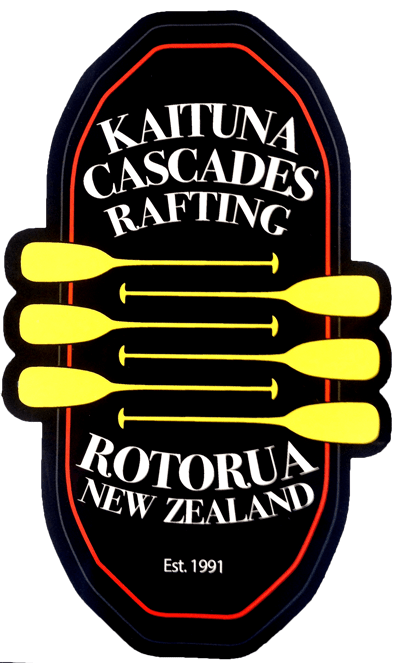How Dangerous is White Water Rafting?
As a cascade raft company, we at Kaituna Cascades are intimately acquainted with the dangerous nature of white water rafting & have a very strong health & safety plan and record. After all, you’re pitting yourself against the elements! Yet, nowadays, taking the appropriate safety precautions reduces the risk of white water rafting exponentially – this could be as simple as wearing a life jacket, helmet, having a professional guide and working together as a team with your rafting peers.
Kaituna Cascades has been operating for 30+ years and so far we have had NO major accidents & we plan to keep it that way 🙂
Nevertheless, world wide – more than 100 people have died in white water accidents in the past 30 years. Bearing this in mind, this blog outlines how dangerous white water rafting really is, and what you have to look out for.
The Dangers
- The Kind of Raft You Use – We use custom built rafts to handle the waterfalls on the Kaituna river more safely. Larger inflatable rafts, generally used for commercial white water rafting trips, tend to be more stable than other smaller private rafts/canoes or kayaks, for example. These crafts increase the dangers of white water rafting because they require advanced skills to navigate and keep balanced.
- The Difficulty of the White Water River – The higher class a white water river is, the more dangerous it will be. You might face rapidly-changing waves, tight corners and greater obstacles in the river.
- Collisions with Rocks – Colliding with rocks and other river features, like boulders or fallen trees, is a major concern of white water rafting. Most accidents occur from the rafters being tossed around or upended after a collision. These are real risks that we mitigate on the Wairoa & Rangitaiki rivers. However on the Kaituna there are no trees or rocks – just deep water and powerful currents.
- Drowning – As with any high-octane activity related to water, drowning and hypothermia are ever-present risks of white water rafting. If you have pre-existing conditions, the increased adrenaline and physical demands of rafting can cause serious injury, too. Know your own limitations before getting into a cascade raft; if you’re not a strong swimmer, or overweight this activity isn’t for you.
- People and paddles – These tend to be our most common injuries; being people not leaning forward and tucking their chins at the waterfall (hitting their faces on helmets in front of them) or people letting go of the top of their paddles and hitting their fiends in the face also… Both of these common injuries are easily avoidable by listening to your guide and doing things slowly.
These dangers are worsened when you embark on a white water rafting experience without the right experience, equipment and awareness yourself, depending on how dangerous and rapid the waters are. To reduce the risk to yourself and others, always look for a rafting package led by a skilled instructor, and with fellow rafters you can rely on.
Ultimately, the danger level depends on you.
Explore the wonders of white water rafting with a cascade raft company you can trust to keep you safe and sound. To make your booking with Kaituna Cascades, contact a member of our team at your earliest convenience.








